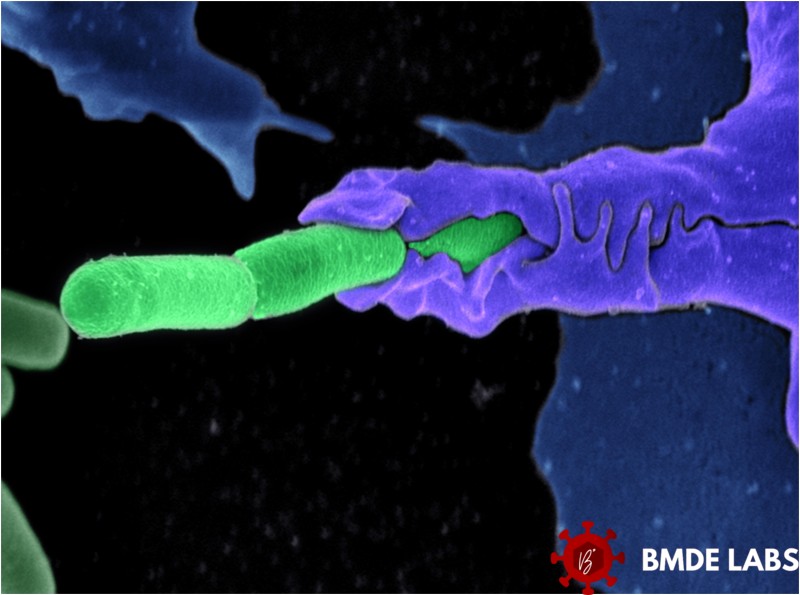
Anthrax, an infectious disease caused by the spore-forming bacterium Bacillus anthracis, has been a subject of both scientific fascination and public concern for several decades. This comprehensive overview aims to explore the microbiology, historical context, modes of transmission, and ongoing research trends related to Anthrax.
Microbiology of Anthrax: Bacillus anthracis, a gram-positive, rod-shaped bacterium, is renowned for its ability to form resilient spores. These spores, characterized by their resistance to harsh environmental conditions, can endure for extended periods, posing a persistent threat. Anthrax manifests in three primary forms: cutaneous, inhalation, and gastrointestinal, each presenting distinct symptoms and clinical patterns.
Historical Significance: Anthrax has etched its mark throughout history, with recorded outbreaks affecting both animals and humans. Notably, Anthrax gained infamy as a biological weapon during wartime, with documented cases dating back decades. The most notorious incident occurred in 2001 when anthrax-laden letters were sent through the U.S. postal system, resulting in fatalities and widespread panic.
Transmission and Epidemiology: While anthrax primarily affects herbivores, human contraction can occur through direct contact with infected animals or their products. The inhalation form, though rare, poses a severe threat when spores are released into the air. Understanding the dynamics of transmission is crucial for implementing effective preventive measures and public health interventions.
Current Research and Prevention: Continued research into Anthrax focuses on prevention, treatment, and detection. Advances in genomics and biotechnology have deepened our understanding of the bacterium's molecular mechanisms. Vaccination remains a cornerstone in Anthrax prevention, with ongoing efforts to enhance existing vaccines and develop novel strategies for both human and animal populations.
Sources:
IMAGE SOURCE: Thumbnail Image Source
- Dixon, T. C., et al. (1999). Anthrax. New England Journal of Medicine, 341(11), 815-826.
- Hugh-Jones, M., & Blackburn, J. (2009). The ecology of Bacillus anthracis. Molecular Aspects of Medicine, 30(6), 356-367.
- Jernigan, D. B., et al. (2002). Bioterrorism-related inhalational anthrax: the first 10 cases reported in the United States. Emerging Infectious Diseases, 8(10), 1019-1028.
- Turnbull, P. C. B. (1991). Anthrax vaccines: past, present and future. Vaccine, 9(8), 533-539.
- Mock, M., & Fouet, A. (2001). Anthrax. Annual Review of Microbiology, 55, 647-671.
.png)
.png)